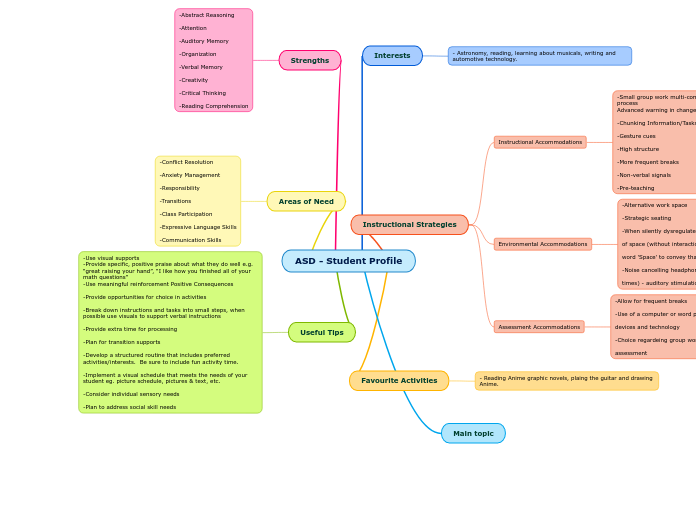по Jamie Hocken 3 лет назад
210
ASD - Student Profile
Students with ASD exhibit strengths such as abstract reasoning, attention to detail, auditory and verbal memory, organization, creativity, critical thinking, and reading comprehension.

по Jamie Hocken 3 лет назад
210

Больше похоже на это